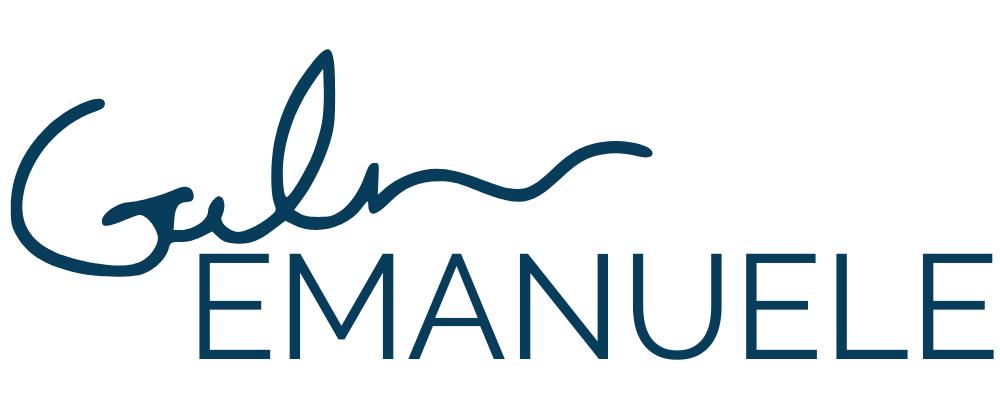The Truth About Productivity While Working from Home
Welcome to the #culturedrop. Every Tuesday, Galen Emanuele emails tools to advance leadership skills, team culture, and personal growth. No spam, just great content. Sign up now to get it in your inbox.
We’ve all heard somebody say a version of this by now:
“Employees working from home need to get back in the office — people are sitting at their couch in their pajamas taking naps during the day and not being as productive as they should be.”
Allow me to let you in on a little secret…
Employees sitting in an office, clocked in for 8 hours a day were never productive.
Companies have historically done a pretty bad job of being able to measure how productive people are other than documenting if they are/not clocked in and sitting in front of their computer for 8 hours a day.
The game has changed when it comes to productivity.
Measuring productivity by some senseless time sheet or virtual program that tattle-tales on them if they aren’t online from 9am - 5pm is not effective at managing productivity, either.
It’s important that leaders focus energy on the big-picture (accountability, great culture, goal-setting & achievement) over small-scale time-wasters (excessive time-tracking, and policing employees every move).
“Be crystal clear about what work has to get done, and what the expectations are, and manage to those things. ”
When you expect greatness and loosen the reigns on how employees get there, they are more productive. Everyone knows themselves better than any leader can.
Be crystal clear about what work has to get done, and what the expectations are, and manage to those things.
Do you work best at night? Are you more productive in short spurts of time? Working from home allows people the flexibility to get things done in a way that is far more time-efficient than being micromanaged in an office environment.
Something else to discuss: working from home is an ongoing adjustment.
It takes time for folks to find a flow of productivity that works for them.
There’s a principle in macroeconomics called the J Curve, which Economist Jason Gordon describes as “a visual depiction of a situation in which a measured factor decreases sharply over time before stabilizing and then improving quickly” (“What Is The J Curve?, thebusinessprofessor.com)
The J curve shows that when creative destruction occurs within an industry, performance may rapidly decrease before stabilizing and subsequently vastly improving.
A great example of this was the mass shift of consumer preference of physical CDs and cassette tapes to music streaming services like Apple Music, Spotify, and Tidal in 2010’s.
At first, streaming services did not effect consumer engagement of new music sales, but as they caught on, they made physical copies of music obsolete. The learning curve of switching to music streaming services took some time, but once music streaming became a mainstay in the market, the performance of consumer engagement in music releases rapidly increased because said music was then widely more accessible to audiences of all types.
In the same way, the learning curve of employees finding their bearings when working from home may temporarily seem to disengage performance, but as time goes on, employees who are allowed more freedom with their work days tend to become much more productive over time.
This has been shown to be true in several studies, including a study by Standford University of 16,000 workers which showed that in less than a year of working from home, productivity and employee performance rose by over 13%.
In other words, allowing folks the time to figure out a work flow that allows them to be productive has been shown to lead to higher performance.
Same as it ever was.
“Mediocre employees who aren’t productive have always been unproductive, even when clocked in for eight hours a day.”
Mediocre employees who aren’t productive have always been unproductive, even when clocked in for eight hours a day.
Now they’re just being unproductive at home. Similarly, high performers have always and will always be perform well, office or not. Hire highly accountable people with high EQ and you won’t have to worry about if they’re being productive at home.
It’s not about the work environment, it’s about the caliber of human you are hiring and employing. So they next time the work-from-home debate gets brought up, take a sharp look at how you’re measuring productivity.
Sources:
SURPRISING WORKING FROM HOME PRODUCTIVITY STATISTICS (2022)
Related Articles:
Prioritize & Simplify To Stay Productive At Home
3 Easy Ways to Stop Micromanaging
Want more?
This article was created by Galen Emanuele for the #culturedrop. Free leadership and team culture content in less than 5 minutes a week. Check out the rest of this month's content and subscribe to the Culture Drop at https://bit.ly/culturedrop









